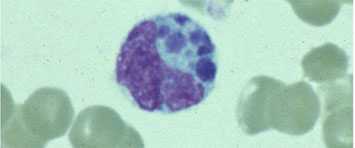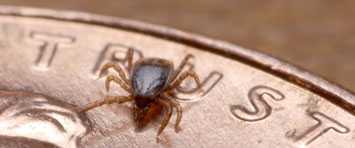Anaplasmosis is a tickborne disease caused by the bacterium Anaplasma phagocytophilum. It was previously known as human granulocytic ehrlichiosis (HGE) and has more recently been called human granulocytic anaplasmosis (HGA). Anaplasmosis is transmitted to humans by tick bites primarily from the black-legged tick (Ixodes scapularis) and the western black-legged tick (Ixodes pacificus). Of the four distinct phases in the tick life-cycle (egg, larvae, nymph, adult), nymphal and adult ticks are most frequently associated with transmission of anaplasmosis to humans. Typical symptoms include: fever, headache, chills, and muscle aches. Usually, these symptoms occur within 1-2 weeks of a tick bite. Anaplasmosis is initially diagnosed based on symptoms and clinical presentation, and later confirmed by the use of specialized laboratory tests. The first line treatment for adults and children of all ages is doxycycline. Anaplasmosis and other tickborne diseases can be prevented.
Related Tick Topics
-
Avoiding Ticks
Avoid getting infected… -
Tick Lifecycle and Hosts
How ticks spread disease… -
Removing a Tick
How to remove a tick… -
Other Diseases Caused by Ticks
Learn more about other tickborne diseases that can affect your health…
New materials for this tick season:
- Medscape Expert Commentary — Tickborne Rickettsial Diseases: Updated Guidelines for Patient Diagnosis and Management.
- COCA call—Little Bite, Big Disease: Recognizing and Managing Tickborne Illnesses. Free CE available!
- MMWR Recommendations and Reports—Diagnosis and Management of Tickborne Rickettsial Diseases: Rocky Mountain Spotted Fever and Other Spotted Fever Group Rickettsioses, Ehrlichioses, and Anaplasmosis — United States. Free CE available!
- Borrelia miyamotoi – What you need to know about Borrelia miyamotoi

- Page last reviewed: January 4, 2016
- Page last updated: June 23, 2016
- Content source:


 ShareCompartir
ShareCompartir



